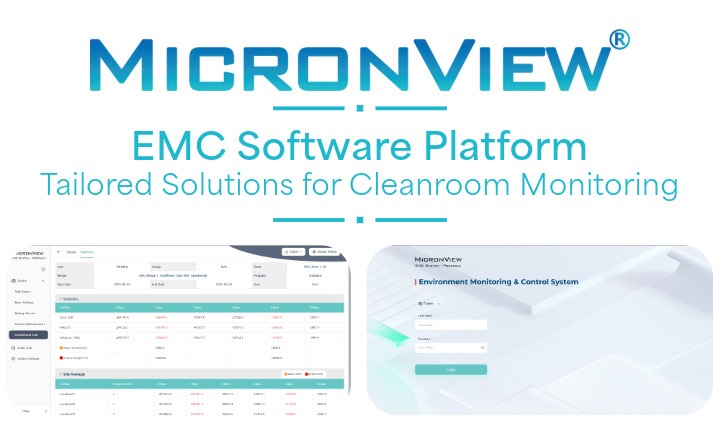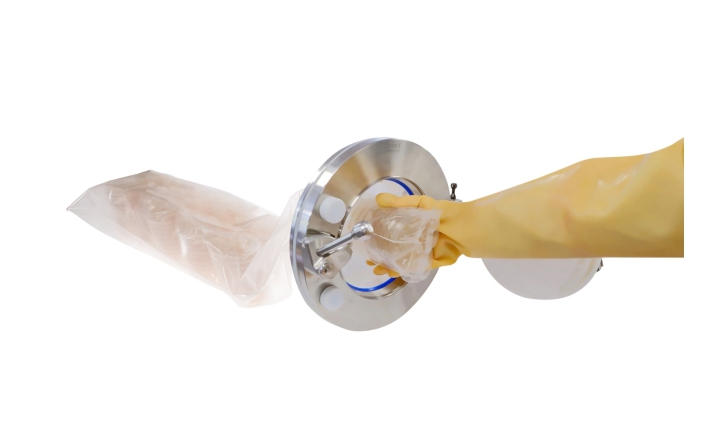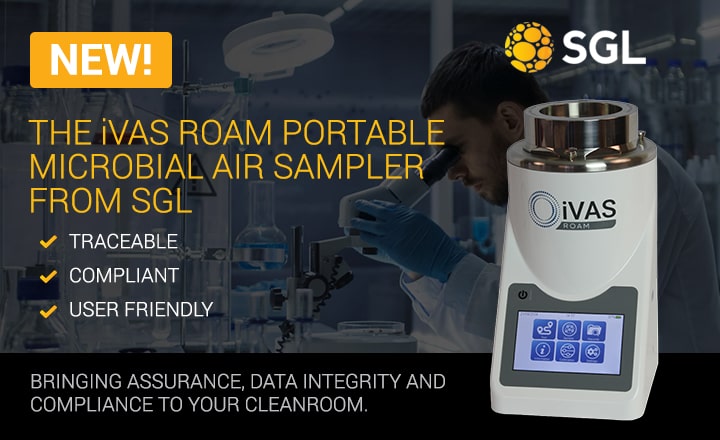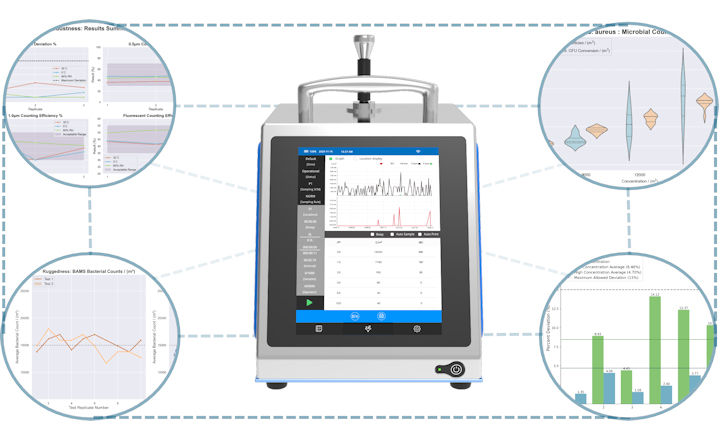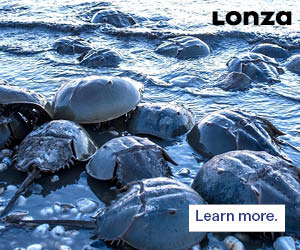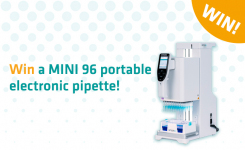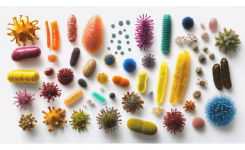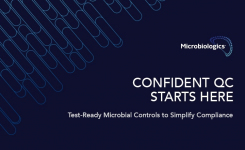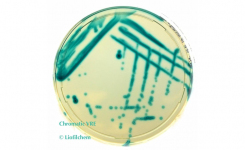Those working on missions headed for Mars need to be trained in aseptic techniques when handling instrumentation in accordance with Planetary Protection requirements. The 'Planetary Protection Agreement' is an international agreement established by the Committee on Space Research (COSPAR) to prevent any impact space exploration may have on past or present life on extraterrestrial planets.
Members of the European Space Agency (ESA) have commended the training they received from The Honeyman Group, a pharmaceutical training company, who provided staff in the ESA with necessary skills to explore other planets without leaving any trace behind. Alan Dawson who works for ESA as a Life Support & Physical Sciences instrumentation (LIS) Facility Laboratory Manager was trained in Advanced Sterilisation Validation, Cleanroom Principles in Practice and Microbiology for Non-Microbiologists, the latter being his favourite. "As a novice on cleanroom/sterility your courses (Honeyman) were valuable to me, although they were pharmaceutical-based, I learned the basics of how a cleanroom functioned (AHU), design, qualification, handling, gowning, cross-contamination, sterilisation, procedure and great basic microbiology that was such fun", said Alan.
Alan has said that the skills he has learned from completing Honeyman courses have contributed to the ESA teaching curriculum they provide for industry partners on Planetary Protection ."So we are part of the bigger picture, and your company [Honeyman] has played its part making sure we don't contaminate Mars", said Alan.
ESA’s ultra-clean microbiology laboratory is part of the Agency's Life, Physical Sciences and Microgravity Laboratory, based in Noordwijk, the Netherlands. Inside their ISO class 1 cleanroom, is a rigorously filtered air containing at rest millions of times fewer particles than the outside atmosphere: fewer than a dozen particles larger than 0.1 micrometres, such as a speck of dust, per cubic metre of air. This makes it suitable for Planetary Protection procedures, such as examining temperature sensors destined to end up on the surface of Mars aboard the ExoMars 2016 Schiaparelli lander.
Visit www.honeymangroup.com/training/courses for a listing of training courses coming up at Honeyman Group.






